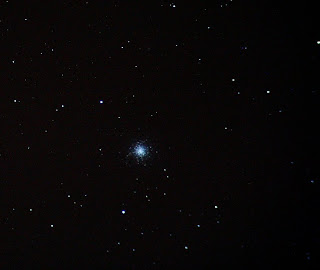 Today I went to W.H. Smith to get a copy of this months Sky at Night Magazine. Guess what?
Today I went to W.H. Smith to get a copy of this months Sky at Night Magazine. Guess what?On page 75 under 'Super Sites' my Astro Wiki Site is listed with a screen capture of my site!
I'm really pleased, especially when I checked the traffic to the site. (Fame at last!) I wonder if Patrick Moore or Chris Lintott has looked at my sites? Click HERE for my Astro Wiki.
OK...what is a WIKI?
Well, you can add and edit pages on a WIKI (WIKIPEDIA) Quite a powerful medium for adding and building up information on a particular subject although there are a lot of sceptics as I found out when I posted on SPA!
I did know earlier when Sarah Reed from S@N sent me an e mail but I wasn't sure which month of the magazine it would be in.












